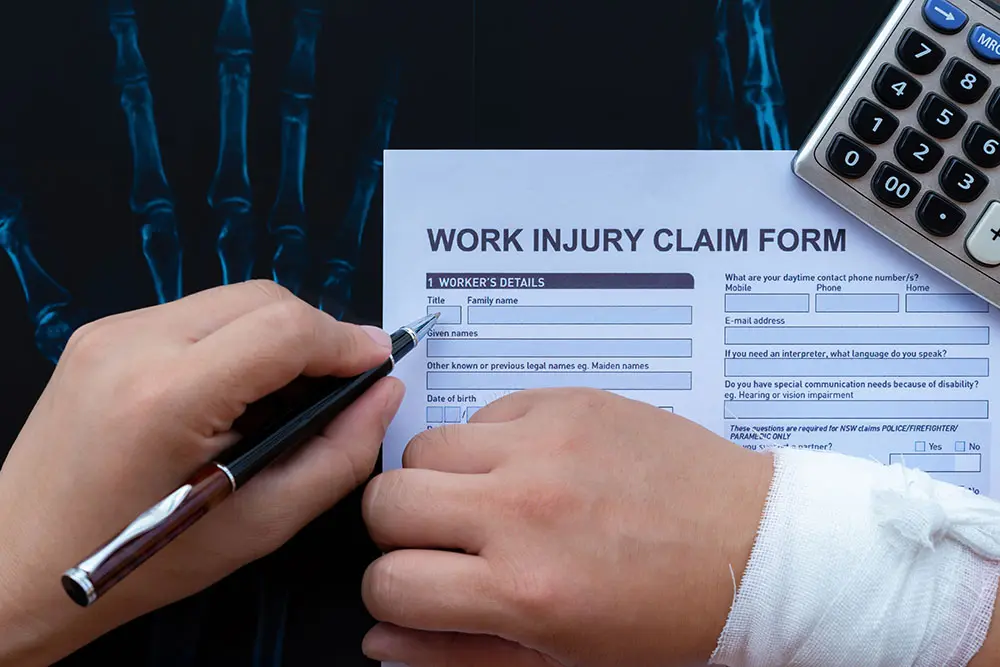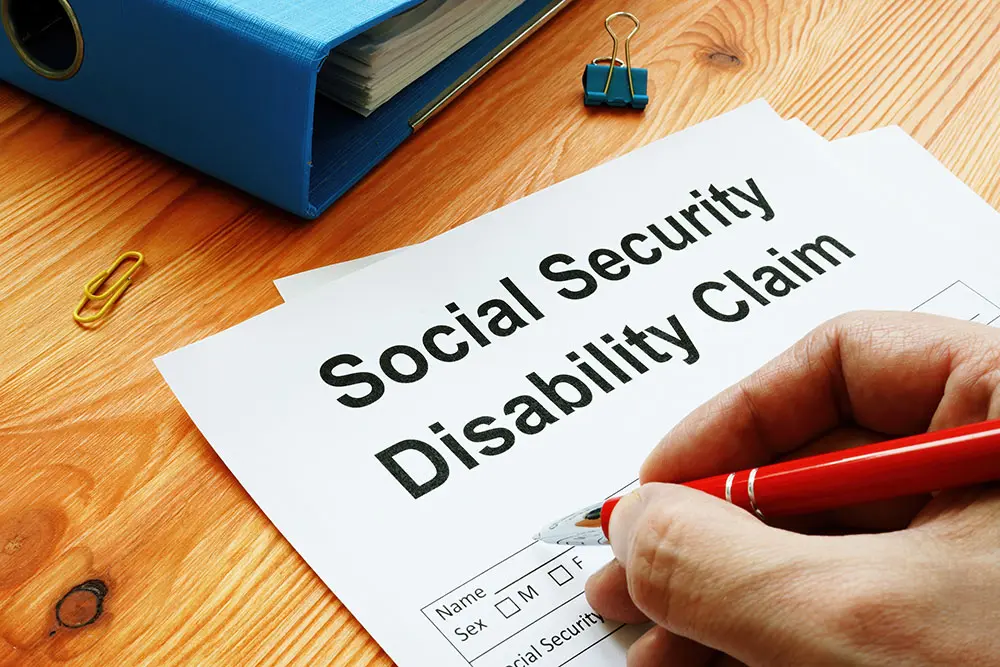Stevens Johnson Syndrome (SJS) is a serious skin condition that demands immediate attention and careful treatment. It often starts with flu-like symptoms before progressing to a painful rash, skin peeling, and potential complications affecting mucous membranes. The road to recovery from SJS can be a challenging journey, filled with physical discomfort and emotional hurdles. Yet, understanding this path can make it a bit less daunting.
Recovering from SJS involves treating immediate symptoms and dealing with long-term effects that can impact daily living. From managing skin sensitivity to coping with emotional stress, SJS recovery is as varied as it is complex. This article offers insights into how individuals can regain control over their lives post-recovery, providing practical advice and supportive information to assist along the way.
Understanding Stevens Johnson Syndrome Recovery
Stevens Johnson Syndrome is a rare disorder that affects the skin and mucous membranes, usually triggered by a reaction to medication or an infection. Recognizing SJS often starts with flu-like symptoms such as fever, sore throat, and cough. Not long after, a painful red or purplish rash can develop, turning into blisters and leading to the detachment of the upper skin layers.
Understanding the causes of SJS is crucial for those recovering. While the exact trigger might vary, it’s often linked to medications like antibiotics or pain relievers, and sometimes infections. When diagnosed, doctors typically focus on removing the cause, treating the symptoms, and providing supportive care.
Recovery from SJS usually follows a rough timeline, though individual experiences can differ. The acute phase can last two to three weeks, with hospitalization and careful medical supervision common. Following this, the healing phase begins with an emphasis on wound care and gradual reintegration into daily activities. During this time, patients often find that managing skin care, preventing infections, and focusing on nutrition are key to recovery.
For many, staying informed about the stages of recovery helps them anticipate what lies ahead. Keeping track of appointments and listening to medical advice are foundational aspects of the recovery journey. Recovery isn’t merely a physical process; it’s about rebuilding confidence and adjusting to any lifestyle changes prompted by the syndrome.
Physical and Emotional Challenges During Recovery
Stevens Johnson Syndrome leaves both visible and invisible marks on those who experience it. Physically, the skin and mucous membranes can be affected long after initial treatment. Coping with these symptoms involves specialized care routines to ensure the skin heals properly. You might need to continuously moisturize, protect sensitive areas from the sun, and watch out for secondary infections.
Pain and discomfort are also common companions during recovery. Pain management strategies can vary, often including prescribed medication, relaxation techniques, and sometimes modifications to daily routines to minimize stress on the body.
The emotional toll of SJS recovery is equally significant. Feelings of anxiety or depression are not uncommon, especially given the sudden and serious nature of the condition. Finding ways to cope with these emotions is integral to healing. Support groups, either in person or online, offer a platform for sharing experiences and advice. Professional help from therapists or counselors can be beneficial, providing strategies to deal with anxiety and enhance emotional well-being.
Each person’s journey through recovery is unique. While the physical symptoms may eventually subside, the emotional journey might take longer. Embracing patience and understanding, along with seeking out support, creates an environment where recovery can thrive.
Practical Tips for SJS Recovery
Navigating the path to recovery after Stevens Johnson Syndrome requires a well-rounded approach. Regular follow-up medical appointments are necessary. These visits allow healthcare providers to monitor progress, adjust treatments if needed, and address any emerging concerns quickly. Staying on top of these appointments helps ensure that recovery is on track and any potential setbacks are minimized.
Skin care is another significant aspect to consider, as the skin might still be delicate long after the initial symptoms fade. To manage this effectively, it’s wise to keep the skin well-moisturized with gentle, fragrance-free products. Protecting sensitive skin from sun exposure, wearing protective clothing, and applying mineral-based sunscreen can help reduce irritation and further complications. Avoiding known triggers, such as medications that previously caused reactions, is key to preventing recurrence.
Diet also plays a crucial role in healing and overall well-being. Maintaining a balanced and nutrient-rich diet supports the body’s natural healing processes. Here are some basic dietary tips:
– Stay hydrated to support skin recovery and overall health.
– Include plenty of fruits and vegetables to provide essential vitamins and minerals.
– Consider foods rich in omega-3 fatty acids, like fish, which may help reduce inflammation.
Each individual’s dietary needs may vary, so consulting with a healthcare provider or nutritionist can provide personalized recommendations.
Support Systems and Resources for SJS Patients
Recovery often becomes smoother with a strong support system. Family and friends can be vital allies in this journey, providing emotional encouragement and practical assistance. Simple acts like helping with daily tasks, attending appointments, or simply being there to talk can significantly ease the burden of recovery.
Connecting with others who have faced similar experiences can also provide comfort. Joining support groups or online communities dedicated to SJS allows for shared experiences and collective wisdom. These platforms can offer advice, support, and a sense of belonging that can be incredibly affirming during tough times.
Professional support is equally important, as therapists or counselors can offer valuable strategies to manage anxiety and emotional challenges related to SJS. This guidance can help individuals build resilience and navigate emotional complexities as they move forward.
Rebuilding Your Life After SJS
After the acute recovery phase, slowly integrating back into daily routines is a vital step. This gradual return allows individuals to adjust to their current capabilities and rebuild strength without pushing too hard too soon. Everyday activities, like short walks or light housework, can be reintroduced as one feels ready.
Adapting to potential long-term changes is part of this process too. Sometimes, individuals may notice residual effects, such as skin sensitivity or psychological shifts, that require attention and care. Accepting these changes with a flexible mindset helps in embracing life’s new normal and focusing on positive experiences.
Learning from those who have traversed the path of recovery can offer inspiration. Stories of perseverance and adaptability often serve as powerful reminders that healing and a fulfilling life are possible. Encouragement from stories of survival can motivate one to look at the future with hope and determination.
Moving Forward After SJS Recovery
Looking ahead, it is important to maintain ongoing health monitoring and care. Regular check-ups play a role in ensuring that any late-emerging issues are caught early. Staying informed about any medical advancements related to SJS might open doors to new treatment options or therapies that can further improve quality of life.
Cultivating a positive outlook and healthy lifestyle can make a meaningful difference in long-term well-being. This involves maintaining an active lifestyle, balanced nutrition, and nurturing relationships. By continually focusing on holistic health, emotional strength, and informed awareness, individuals recovering from SJS can look forward to a fulfilling, healthy future.
Recovering from Stevens Johnson Syndrome can be overwhelming, but you don’t have to face it alone. If you’re navigating the complexities of Stevens Johnson Syndrome recovery and need legal support, consider reaching out to Greg Jones Law, P.A. We understand the challenges you’re going through and can provide the expertise you need to protect your rights and support your recovery journey.




